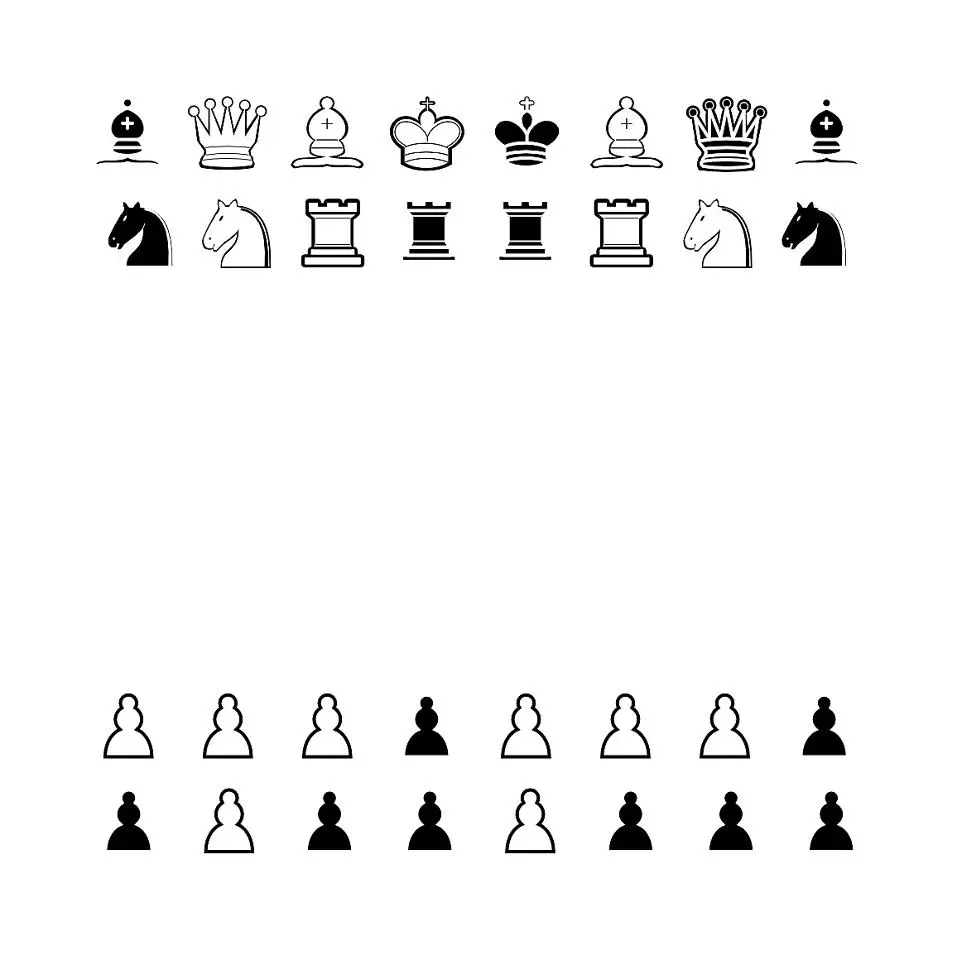I’d be interested in knowing the explanations for the large presence of Ethiopia, Somalia and Germany in their respective states.
Minnesota welcomed a ton of Somalians during their civil war, and having a lot of Somalis attracted more Somalis and so on!
https://en.wikipedia.org/wiki/History_of_Somalis_in_Minneapolis–Saint_Paul
From one of the article sources:
The Somali refugee presence in Minnesota owes much to the strong voluntary agencies (VOLAGs) in this Midwestern state. These organizations sponsor and assist refugee resettlement programs. A combination of the very strong Minnesota economy in the early 1990s (with unemployment dipping to around 2 percent in the late 1990s, the lowest rate in the whole country 19) and the presence of the robust refugee assistance network largely explain the Somali concentration in Minnesota. Cawo M. Abdi, University of Minnesota https://digitalcommons.macalester.edu/bildhaan/vol11/iss1/12/
VOLAG, sometimes spelled Volag or VolAg, is an abbreviation for “Voluntary Agency”. This term refers to any of the nine U.S. private agencies and one state agency that have cooperative agreements with the State Department to provide reception and placement services for refugees arriving in the United States.[1] [2] These agencies use funding from the State Department’s Bureau of Population, Refugees, and Migration (PRM) along with self-generated resources to provide refugees with a range of services including sponsorship, initial housing, food and clothing, orientation and counseling. https://en.wikipedia.org/wiki/VOLAG
I’ve never heard of those! How interesting. Thank you for pointing it out. I’ll read more.
stares at New Mexico … Wat
Operation Paperclip?
New Mexico has two very big national labs. Los Alamos National Labs, and Sandia National Labs.
LANL was founded by Oppenheimer. They still do mostly “energy” work, but a ton of materials, chemistry, and weapons research.
SNL does mostly weapons, satellites, and uh… alien tech, we’ll say.
Both labs employ a lot of Germans. They’re efficient and good at science.
There are also a lot of companies that work with the laboratories, not to mention Intel and others involved in computational component manufacturing and design. The state got a lot of CHIPs act finding. So, yeah, New Mexico has a lot of hard science opportunities, and Germans tend to like hard sciences.
Never seen Breaking Bad/Better Call Saul?
New Mexico’s history has contributed to its unique demographic and cultural character. It is one of only seven majority-minority states, with the nation’s highest percentage of Hispanic and Latino Americans and the second-highest percentage of Native Americans, after Alaska. The state is home to one–third of the Navajo Nation, 19 federally recognized Pueblo communities, and three federally recognized Apache tribes. Its large Hispanic population includes Hispanos descended from settlers during the Spanish era, and later groups of Mexican Americans since the 19th century.
In the United States of America, majority-minority area or minority-majority area is a term describing a U.S. state or jurisdiction whose population is composed of less than 50% non-Hispanic whites. It is defined as a population with a collective majority of nationwide minorities, meaning a grouping of racial and ethnic groups (other than the national majority) that composes over 50% of the territorial population, regardless if one of those minority groups already attains a majority on its own. No single minority is yet the majority in any state, with the closest to that end being Hispanics in New Mexico (49% of the total population as of the 2020 census).
- https://en.wikipedia.org/wiki/Majority_minority_in_the_United_States
- https://en.wikipedia.org/wiki/New_Mexico
A little over 9% of New Mexican residents are foreign-born, and an additional 6.0% of U.S.-born residents live with at least one immigrant parent. The proportion of foreign-born residents is below the national average of 13.7%, and New Mexico was the only state to see a decline in its immigrant population between 2012 and 2022.
In 2018, the top countries of origin for New Mexico’s immigrants were Mexico, the Philippines, India, Germany and Cuba. As of 2021, the vast majority of immigrants in the state came from Mexico (67.6%), followed by the Philippines (3.1%) and Germany (2.4%).
shouldn’t it rather be the Philippines flag there?
You’re quoting something that says its from 2021, but OP’s image cites the 2013-2017 American Community Survey as its source.
Meanwhile, this interactive map (maybe from 2022?) indicates that only 0.29% (6,181 people) of New Mexico’s population were born in the Philippines, and 0.18% (3,753 people) were born in Germany.
Looks like Alberta has a leak that’s spilling into the USA
But what if you included Mexico?
I’m pretty sure that would be every state, right?
Monochrome map
Why include CA but not Mexico? Canada should have been excluded since they are a boarder country too.
Canada has roughly the same HDI ranking as the US, whereas Mexico is somewhat lower. So from the “looking for a better life” perspective, Canadians don’t have an incentive to move to the US (other way around actually, from HDI).
Just a guess though.
Wrong guess. There is Germany on the list
Well yes, but so is Canada, which has a higher HDI than the US.
Parent was asking why Mexico is excluded from the list while Canada is not.
By “don’t have incentive” I’m just referring to an on-paper incentive from an HDI ranking.
I’m going to guess that if you include Mexico, pretty much every state has the same flag. Whereas you don’t have the problem by including Canada.
I can believe India here in Indiana (no pun intended). There are a surprising number of businesses owned by South Asians, even here in little Terre Haute. That’s a huge difference from when I was a kid too. The somewhat more cosmopolitan town of Bloomington, where I grew up, didn’t even have an Indian restaurant until the late 90s.
Why do so many Indians live in the eastern half of the country? Is that simply because that’s where most Americans live?
Pleased and surprised to see Philippines so well represented but surprised it isn’t a larger asian country like Japan.
The Philippines were a US territory from 1898 to 1946. People born there in that era were non-citizen US nationals, similar to people born in Samoa today, which eased the bureaucratic hurdles to move to the US.
Also, generally people move from lower developed countries to higher developed countries. There is far more reason for someone to come from the Philippines, India or Honduras than to come from a nation like Japan.
mildly interesting, but i’m pretty sure the size of the largest groups (not to mention the gap between the largest and next largest) are highly variable and in some cases are not particularly large at all, so, mapping only the largest one is vastly oversimplifying things and producing a rather misleading picture. (the census bureau’s data on the subject is here in case any map enthusiasts want to make more informative maps…)
Chinese Massachusetts
Rich Chinese people are the only ones who can afford to migrate there.
deleted by creator
Foreign ownership of vital infrastructure should not be allowed. War’s a comin.










